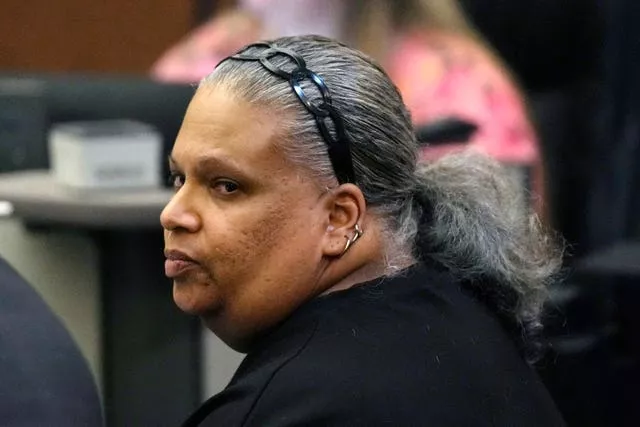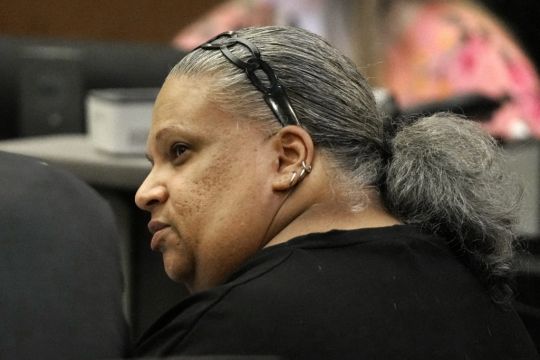The back-up Uber driver for a self-driving vehicle that killed a pedestrian in Phoenix in 2018 has pleaded guilty to endangerment in the first fatal collision involving a fully autonomous car.
Rafaela Vasquez told police that 49-year-old Elaine Herzberg “came out of nowhere” and that she did not see the pedestrian before the March 18 collision on a darkened Tempe street.
She had been charged with negligent homicide, but reached a plea agreement with prosecutors. The judge who accepted the plea sentenced Vasquez, 49, to three years of supervised probation.
Authorities say Vasquez was streaming the television show The Voice on a phone and looking down in the moments before Uber’s Volvo XC-90 SUV struck Ms Herzberg, who was crossing with her bicycle.

Vasquez’s lawyers said she was was looking at a messaging programme used by Uber employees on a work phone that was on her right knee. They said the TV show was playing on her personal phone, which was on the passenger seat.
Prosecutors previously declined to file criminal charges against Uber, as a corporation, in Ms Herzberg’s death.
The National Transportation Safety Board concluded Vasquez’s failure to monitor the road was the main cause of the crash.
It was not the first crash involving an Uber autonomous test vehicle. In March 2017, an Uber SUV flipped onto its side, also in Tempe when it collided with another vehicle. No serious injuries were reported, and the driver of the other car was cited for a violation.
Ms Herzberg’s death was the first involving an autonomous test vehicle but not the first in a car with some self-driving features. The driver of a Tesla Model S was killed in 2016 when his car, operating on its Autopilot system, crashed into a truck in Florida.
Nine months after Ms Herzberg’s death, in December 2019, two people were killed in California when a Tesla on Autopilot ran a red light, and slammed into another car.
That driver was charged in 2022 with vehicular manslaughter in what was believed to be the first felony case against a motorist who was using a partially automated driving system.

In Ms Herzberg’s death, the contributing factors cited by the NTSB board included Uber’s inadequate safety procedures and ineffective oversight of its drivers, Ms Herzberg’s decision to cross the street outside of a marked crossing and the Arizona Department of Transportation’s insufficient oversight of autonomous vehicle testing.
The board also concluded Uber’s deactivation of its automatic emergency braking system increased the risks associated with testing automated vehicles on public roads. Instead of the system, Uber relied on the human back-up driver to intervene.
The Uber system detected Ms Herzberg 5.6 seconds before the crash. But it failed to determine whether she was a cyclist, pedestrian or unknown object, or that she was headed into the vehicle’s path, the board said.
The back-up driver was there to take over the vehicle if systems failed.
The death reverberated throughout the auto industry and Silicon Valley and forced other companies to slow what had been a fast march toward autonomous ride-hailing services.
Uber pulled its self-driving cars out of Arizona, and then-governor Doug Ducey prohibited the company from continuing its tests of self-driving cars.
Vasquez had previously spent more than four years in prison for two felony convictions — making false statements when obtaining unemployment benefits and attempted armed robbery — before starting work as an Uber driver, according to court records.







